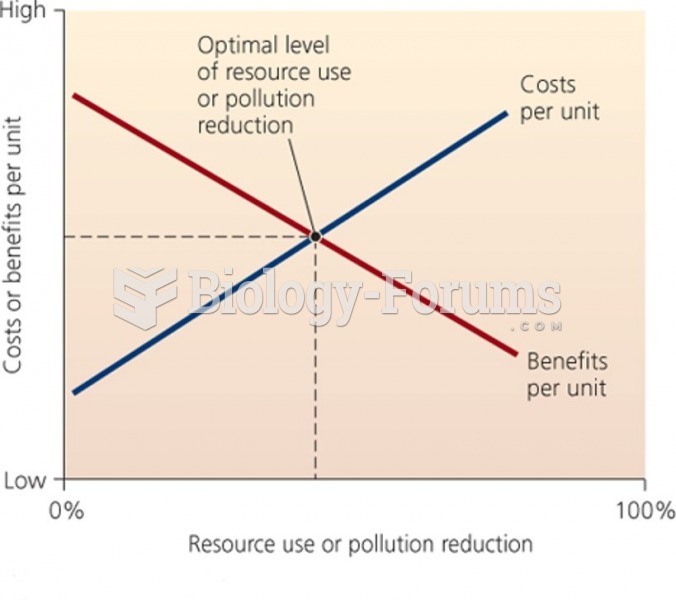This topic contains a solution. Click here to go to the answer
|
|
|
Did you know?
Always store hazardous household chemicals in their original containers out of reach of children. These include bleach, paint, strippers and products containing turpentine, garden chemicals, oven cleaners, fondue fuels, nail polish, and nail polish remover.
Did you know?
Approximately 500,000 babies are born each year in the United States to teenage mothers.
Did you know?
People with high total cholesterol have about two times the risk for heart disease as people with ideal levels.
Did you know?
The familiar sounds of your heart are made by the heart's valves as they open and close.
Did you know?
Medication errors are more common among seriously ill patients than with those with minor conditions.







